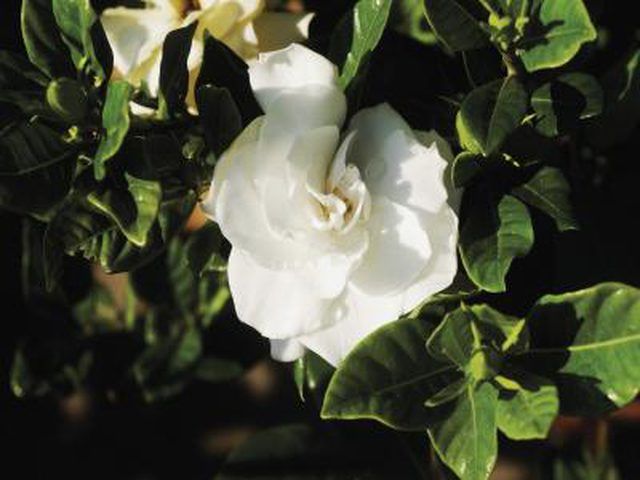Bulbs
Flower Basics
Flower Beds & Specialty Gardens
Flower Garden
Garden Furniture
Garden Gnomes
Garden Seeds
Garden Sheds
Garden Statues
Garden Tools & Supplies
Gardening Basics
Green & Organic
Groundcovers & Vines
Growing Annuals
Growing Basil
Growing Beans
Growing Berries
Growing Blueberries
Growing Cactus
Growing Corn
Growing Cotton
Growing Edibles
Growing Flowers
Growing Garlic
Growing Grapes
Growing Grass
Growing Herbs
Growing Jasmine
Growing Mint
Growing Mushrooms
Orchids
Growing Peanuts
Growing Perennials
Growing Plants
Growing Rosemary
Growing Roses
Growing Strawberries
Growing Sunflowers
Growing Thyme
Growing Tomatoes
Growing Tulips
Growing Vegetables
Herb Basics
Herb Garden
Indoor Growing
Landscaping Basics
Landscaping Patios
Landscaping Plants
Landscaping Shrubs
Landscaping Trees
Landscaping Walks & Pathways
Lawn Basics
Lawn Maintenance
Lawn Mowers
Lawn Ornaments
Lawn Planting
Lawn Tools
Outdoor Growing
Overall Landscape Planning
Pests, Weeds & Problems
Plant Basics
Rock Garden
Rose Garden
Shrubs
Soil
Specialty Gardens
Trees
Vegetable Garden
Yard Maintenance
How to Care for a Gardenia Potted Plant
How to Care for a Gardenia Potted Plant. The fragrance wafting from a flowering gardenia shrub is like no other. In the warm south, it fills the air in spring and early summer. They thrive in humid climates and are native to China and Japan. Recreating this environment is a little tricky indoors, but with some light, luck and love, you can enjoy a...

The fragrance wafting from a flowering gardenia shrub is like no other. In the warm south, it fills the air in spring and early summer. They thrive in humid climates and are native to China and Japan. Recreating this environment is a little tricky indoors, but with some light, luck and love, you can enjoy a microcosm of this outdoor wonder.
Things You'll Need
Flowering gardenia
Fertilizer for acid-loving plants
Tray
Small stones, gravel or fish tank glass
Purchase a healthy, flowering specimen at the local plant nursery, big-box outlet or florist. Choose a small leaf variety that is appropriate for indoor applications. Read the plant tag for approximate height or ask for assistance from the plant professional. Look for disease-free leaves and plenty of flower buds. These slow growing miniatures make handsome bonsai if you are a meticulous caregiver.
Provide a brightly lit location out of direct sunlight, cold or hot drafts. A south facing window is preferred. Keep the humidity levels high by sitting the pot in a tray filled with gravel, small rocks or fish tank glass so water will trickle through and accumulate below the pot. Never let the base of the pot settle into the puddle. This creates root rot. Mist the leaves only, avoiding the buds or flowers, during hot spells. High humidity also works to prevent red spiders from infiltrating. Keep the soil moist, not soggy, particularly when it blooms. Take care to water the soil only. This keeps the flower buds forming and prevents fall off.
Maintain a temperature of 60 to 65 degrees to set flower buds. This emulates the cooler night air outdoors. Great or sudden changes in temperature will make flower buds fall before blooming.
Fertilize lightly every three weeks during flowering. Any commercial food specially formulated for acid-loving plants, such as rhododendron and azaleas, is best. Resist at other times for the plant is in dormancy. About once each month, place the pot in the sink and flush it gently with water until it drains through. This eliminates fertilizer build-up.
Repot the gardenia using a prepared acidic potting soil. Plastic pots are a good choice because they retain water longer than Terra cotta pots. Propagate new plants in early spring. Take several cuttings, remove the lower leaves, dip them in rooting hormone powder and insert them into a loose mix of peat and vermiculite. Keep the mix moist, but not soggy. Roots should form in four to six weeks.